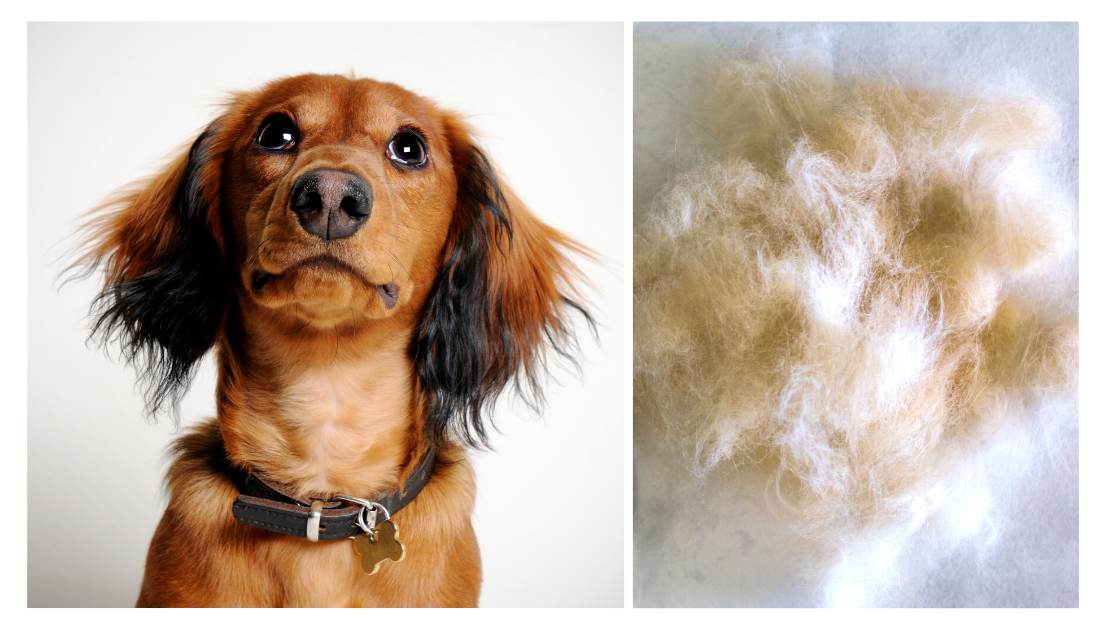Owning a Dachshund brings joy and companionship, but dealing with their shedding can be a challenge. For new and seasoned Dachshund owners alike, understanding how to manage shedding effectively can make a significant difference in the cleanliness of your home and the health of your furry friend. In this blog post, we’ll explore practical tips and techniques to keep your Dachshund’s shedding under control. Whether you’re dealing with hair on furniture or trying to keep your dog comfortable, this guide is here to help. If you’re wondering “do Dachshund dogs shed” read on to find out more.
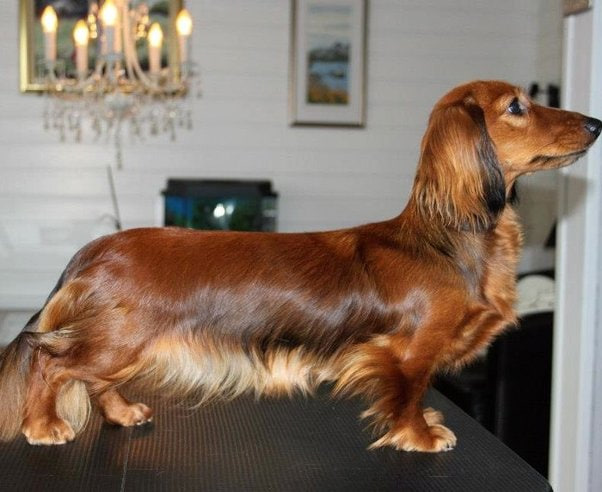
Do Dachshund Dogs Shed?
All dogs shed to some extent, and Dachshunds are no exception. Shedding is a natural process that helps dogs get rid of old or damaged hair. Dachshunds shed their fur both seasonally and based on their coat type.
Seasonal Shedding in Dachshunds
Like many other dog breeds, Dachshunds experience seasonal shedding. This means they shed more during specific times of the year, usually in spring and fall. During these periods, you may notice an increase in loose fur around your home.
Seasonal shedding occurs as Dachshunds prepare for the changing weather:
- In spring: They shed their thicker winter coats to make way for lighter summer fur.
- In fall: They shed their lighter summer coats to grow thicker fur for winter.
Knowing when to expect seasonal shedding can help you prepare and manage the extra fur. Regular grooming during these times can significantly reduce the amount of loose hair in your home.
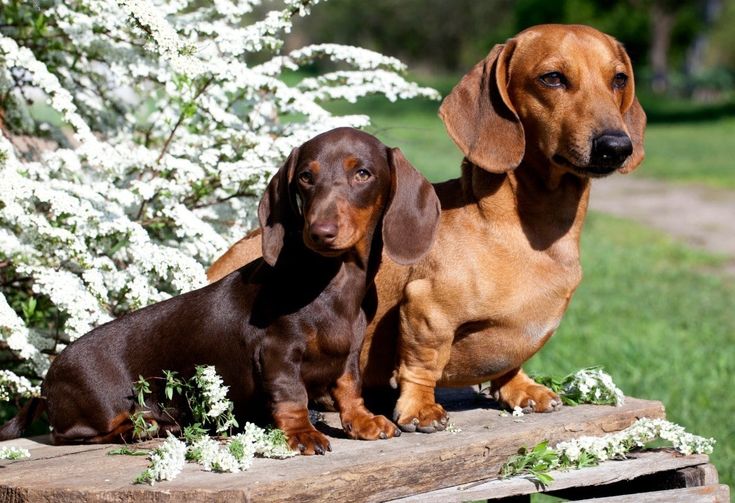
Shedding based on their coat type in Dachshunds
- Smoothhaired Dachshunds: Do smooth dachshunds shed? Some smooth dachshund owners might claim their dogs don’t shed because the hairs are so fine that shedding is hardly noticeable. In reality, smooth dachshunds do shed regularly, but minimally; you may not even notice the shedding until you vacuum the house. Regular grooming can help manage shedding, as brushing removes dead hair and distributes natural oils to keep your dog’s skin and coat healthy. Brushing your smooth haired dachshunds coat once a week with a soft bristle brush will help prevent shedding.
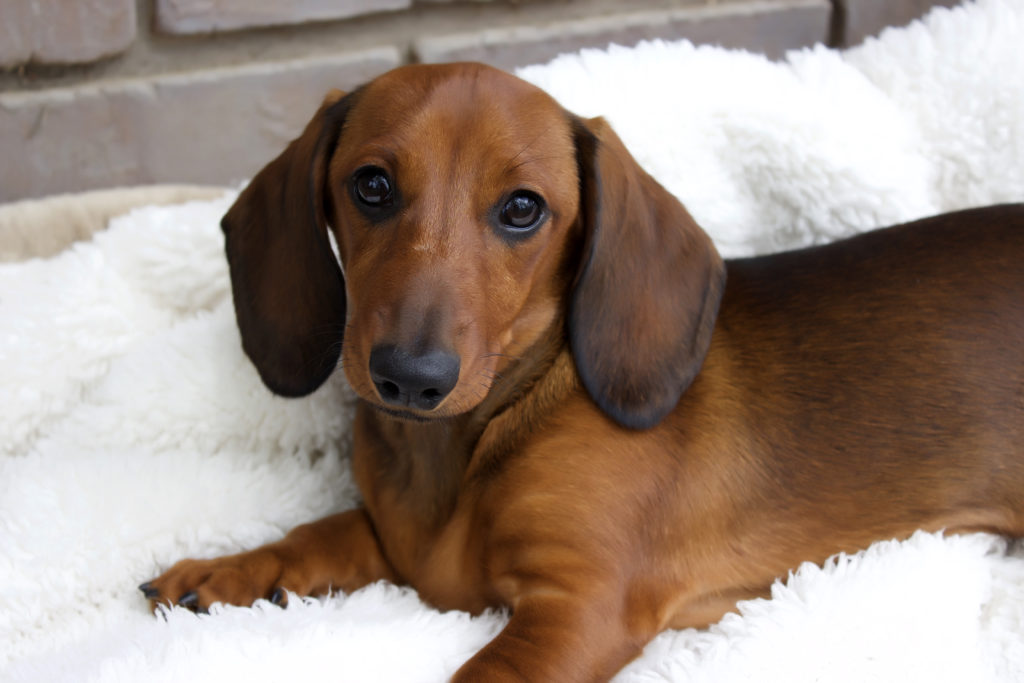
Shedding based on their coat type in Dachshunds - Longhaired Dachshunds: While dachshunds generally don’t shed excessively, longhaired dachshunds shed the most among the three coat types. Their shedding is more noticeable due to their dense undercoat. Like wirehaired dachshunds, longhaired dachshunds shed more significantly twice a year with the changing seasons. To manage their shedding, daily brushing is helpful. Additionally, their luxurious coats benefit from regular care using a comb designed with both long and short teeth to remove loose hairs and break up mats in their dense undercoats.
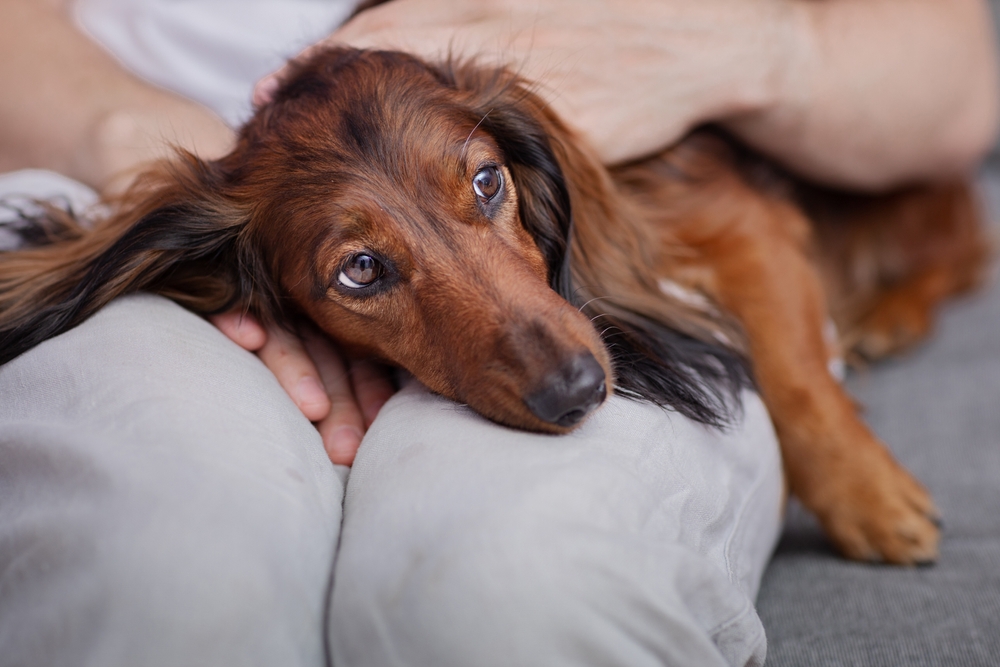
Shedding based on their coat type in Dachshunds - Wirehaired Dachshunds: Wirehaired dachshunds shed the least among all the coat types, which might surprise many given their thicker coats compared to smooth dachshunds. Although not hypoallergenic, wirehaired dachshunds shed minimally and produce the least amount of dander, making them the best option for dachshund lovers with allergies. They have a thick undercoat, a soft, fluffy layer beneath their wiry hair, which helps regulate their body temperature. Consequently, they shed more in the spring and autumn to adapt to the changing temperatures. Besides a weekly brushing, wirehaired dachshunds require professional grooming two or three times a year for a process called stripping, which removes dead hair at the root to make room for new growth and maintain the wiry coat texture.
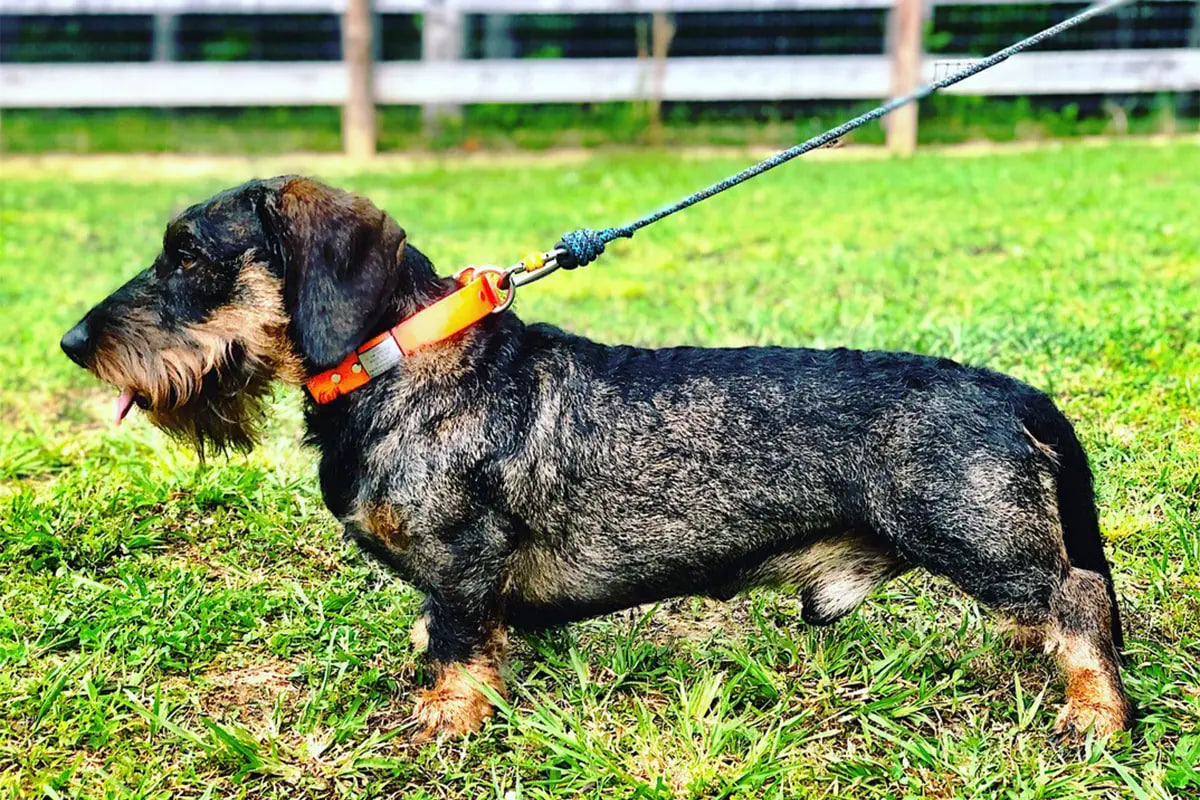
Shedding based on their coat type in Dachshunds
Factors Influencing Shedding
Several factors can influence the amount of shedding your Dachshund experiences. These include their diet, overall health, and the time of year. Stress and anxiety can also contribute to excessive shedding. Understanding these factors can help you address the root causes and manage shedding more effectively.
When to Worry About Excessive Shedding
While shedding is normal, excessive shedding can be a sign of underlying health issues such as allergies, skin infections, or hormonal imbalances. If you notice bald patches, inflamed skin, or significant changes in your Dachshund’s shedding patterns, it’s important to consult your veterinarian for a thorough check-up.
How to Care for Dachshund Fur
Caring for dachshund fur
Proper grooming is essential for managing shedding and keeping your Dachshund’s coat healthy. Here are some tips for caring for their fur:
- Regular Brushing – Brush your Dachshund’s coat at least once a week to remove loose fur and prevent matting. Longhaired and wirehaired Dachshunds may require more frequent brushing.
- Bathing – Bathe your Dachshund every 4-6 weeks to keep their coat clean and reduce shedding. Use a gentle, dog-friendly shampoo to avoid skin irritation.
- Professional Grooming – Consider taking your Dachshund to a professional groomer for regular trims, especially if you have a longhaired or wirehaired variety. Groomers can help maintain the coat’s health and appearance.
By following these grooming tips, you can keep your Dachshund’s fur in top condition and minimize shedding in your home.
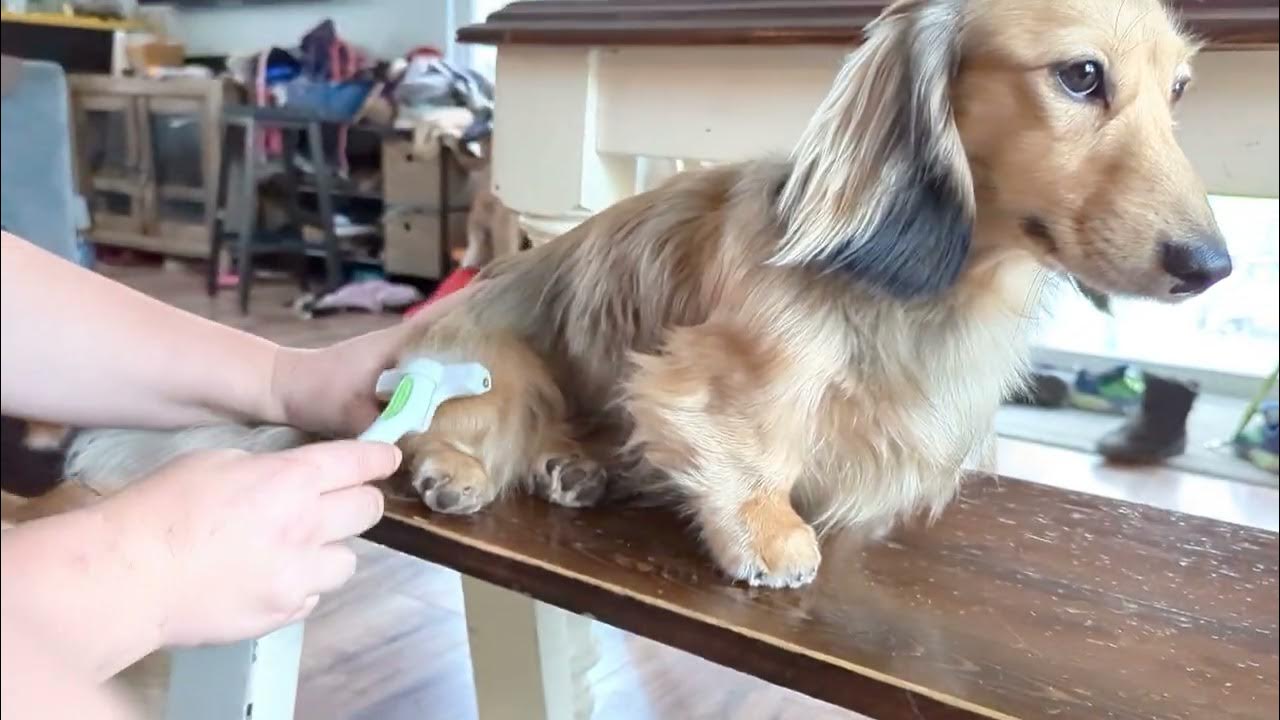
Recommended Grooming Products
Using the right grooming products can make a significant difference in managing your Dachshund’s shedding. Here are some recommended products for Dachshund fur care:
- Slicker Brush: A slicker brush is ideal for removing loose fur and preventing mats in longhaired and wirehaired Dachshunds.
- Deshedding Tool: A deshedding tool can help reduce shedding by reaching the undercoat and removing loose hair. It’s particularly useful during seasonal shedding periods.
- Dog Shampoo and Conditioner: Use a gentle dog shampoo and conditioner to keep your Dachshund’s coat clean and healthy. Look for products that are free from harsh chemicals and fragrances.
- Grooming Wipes: Grooming wipes are handy for quick cleanups between baths. They can help remove dirt and loose fur, keeping your Dachshund’s coat fresh.
By investing in the right grooming products, you can make the grooming process more effective and enjoyable for both you and your Dachshund.
Health Indicators and Regular Health Checks for Dachshunds
Health Indicators from Shedding Patterns
Shedding patterns can provide valuable insights into your Dachshund’s health. Here are some health indicators to watch for:
- Excessive Shedding: Sudden or excessive shedding may indicate an underlying health issue, such as allergies, skin infections, or hormonal imbalances. Consult your veterinarian if you notice unusual shedding.
- Bald Spots: Bald spots or patches of missing fur can be a sign of skin conditions, parasites, or other health problems. Seek veterinary advice if you observe any bald spots on your Dachshund.
- Changes in Coat Texture: Changes in your Dachshund’s coat texture, such as dryness or brittleness, can indicate nutritional deficiencies or other health concerns. A healthy coat should be smooth and shiny.
By paying attention to shedding patterns and coat condition, you can identify potential health issues early and seek appropriate care for your Dachshund.
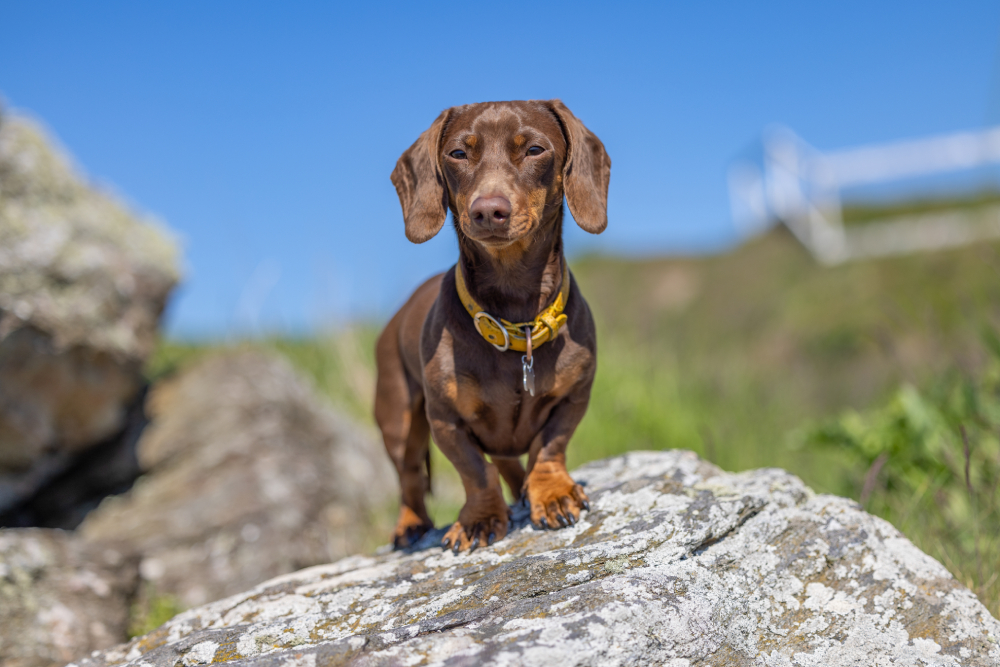
Regular Health Checks for Dachshunds
Maintaining your Dachshund’s health is crucial for managing shedding and overall well-being. Regular veterinary check-ups can help identify and address any health issues that may contribute to excessive shedding.
- Annual Check-Ups: Schedule annual check-ups with your veterinarian to monitor your Dachshund’s health. Regular exams can catch potential problems early and ensure your dog receives the necessary care.
- Vaccinations and Preventatives: Keep your Dachshund up to date with vaccinations and preventatives for common health issues, such as fleas, ticks, and heartworm. A healthy dog is less likely to experience excessive shedding.
- Diet and Nutrition: Provide a balanced diet with high-quality dog food to support your Dachshund’s coat health. Consult your veterinarian for recommendations on what can Dachshunds eat, tailored to your dog’s specific nutritional requirements.
By prioritizing your Dachshund’s health, including understanding how much exercise a Dachshund needs, you can help minimize shedding and ensure a happy, healthy life for your furry friend.

Insights from Other Dachshund Owners
Learning from the experiences of other Dachshund owners can provide valuable insights and tips for managing shedding. Here are some community insights:
Regular Grooming Routine
Many Dachshund owners find that establishing a regular grooming routine helps keep shedding under control. Consistent brushing and bathing can make a big difference.
Vacuuming and Cleaning
Investing in a good vacuum cleaner designed for pet hair can help keep your home clean. Regular vacuuming and cleaning can reduce the accumulation of pet hair on furniture and floors.
Using Slipcovers and Blankets
Some owners use slipcovers and blankets on furniture to protect against pet hair. These can be easily removed and washed, helping maintain a clean living space.
By following these practical tips from seasoned Dachshund owners, you can manage shedding more effectively and enjoy a cleaner home.
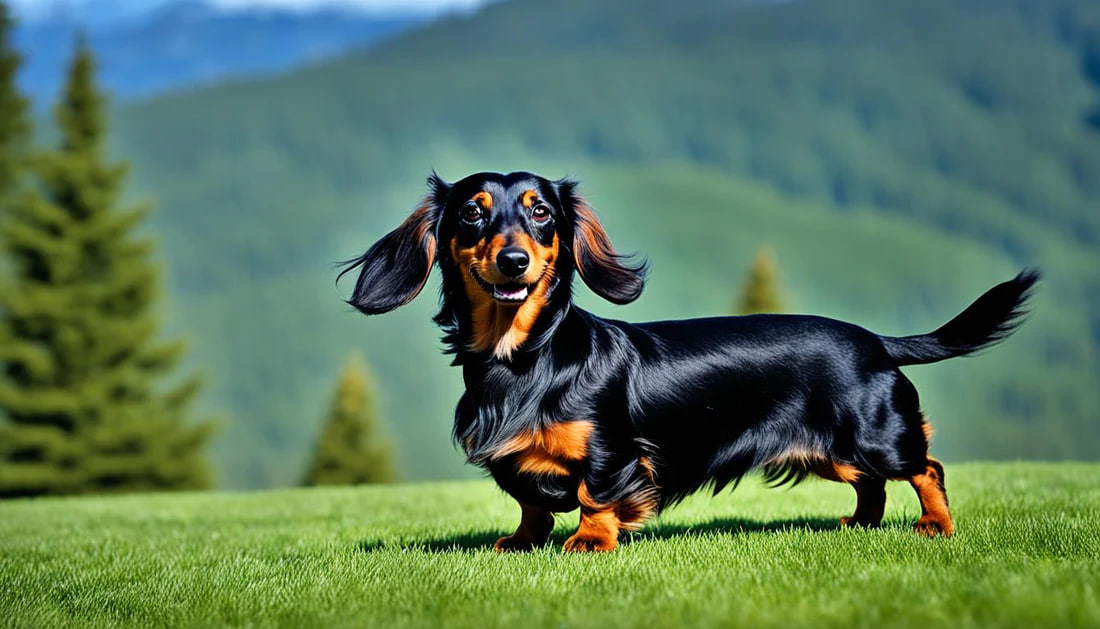
Practical Tips and Tricks for Managing Shedding
Managing Dachshund dog shedding requires a combination of grooming, cleaning, and preventive measures. Here are some practical tips and tricks:
Grooming Schedule
Establish a regular grooming schedule that includes brushing, bathing, and professional grooming as needed. Consistency is key to keeping shedding under control.
Diet and Supplements
A healthy diet with essential fatty acids can improve coat health and reduce shedding. Consult your veterinarian about the best dog food for Dachshunds and consider adding supplements like fish oil to your Dachshund’s diet.
Keeping Your Home Clean
Use lint rollers, pet hair removers, and vacuum cleaners designed for pet hair to keep your home clean. Regularly wash pet bedding and blankets to reduce hair buildup.
By implementing these tips and tricks, you can effectively manage Dachshund dog shedding and maintain a clean and comfortable living environment.

Conclusion
Managing your Dachshund’s shedding doesn’t have to be overwhelming. With a consistent grooming routine, proper nutrition, and support from a community of fellow dog lovers, you can effectively control shedding and maintain a cleaner, healthier home environment. Regular veterinary check-ups and understanding your dog’s specific needs are essential for maintaining their coat health. Remember, every Dachshund is unique, so finding the optimal care routine for your furry friend might require some patience and experimentation. Wondering about Do Dachshund Dogs Shed? Discover effective ways to manage shedding and enhance your dog’s well-being today!

Cuddle Companions is your go-to resource for everything you need to keep your furry friends happy and healthy. We specialize in providing detailed and helpful information about the best foods, treats, and care practices for pets of all kinds. Whether you’re a seasoned pet owner or a new puppy parent, our team of experienced and passionate experts is dedicated to offering reliable advice and recommendations. At Cuddle Companions, we believe that a well-cared-for pet is a happy pet, and we’re here to help you every step of the way. Visit us at [bestdogfoodfordachshunds.net] for more information and resources.

